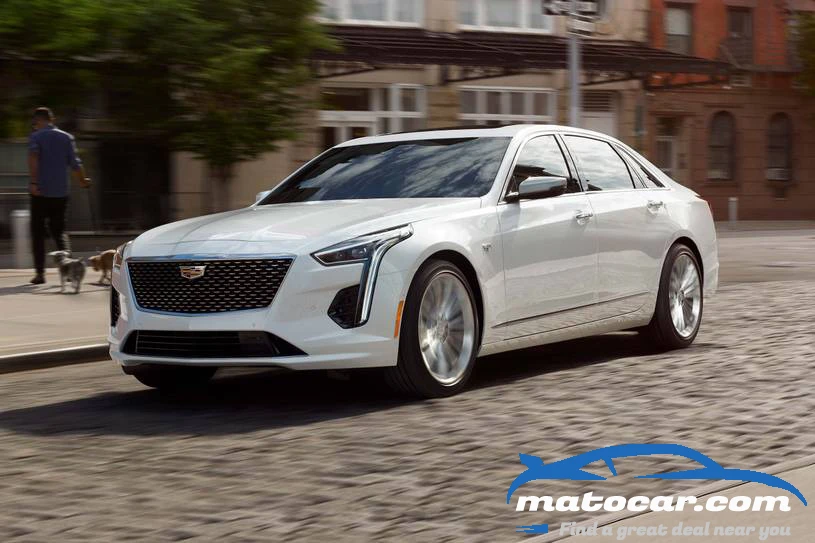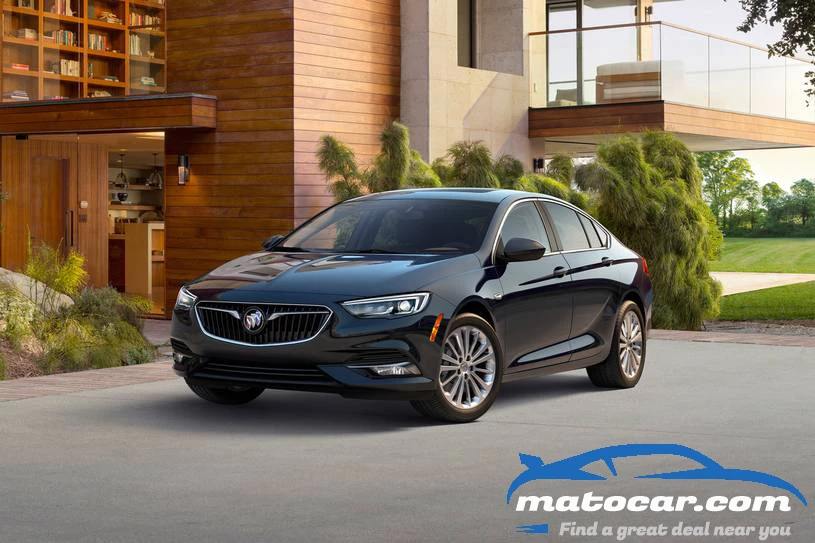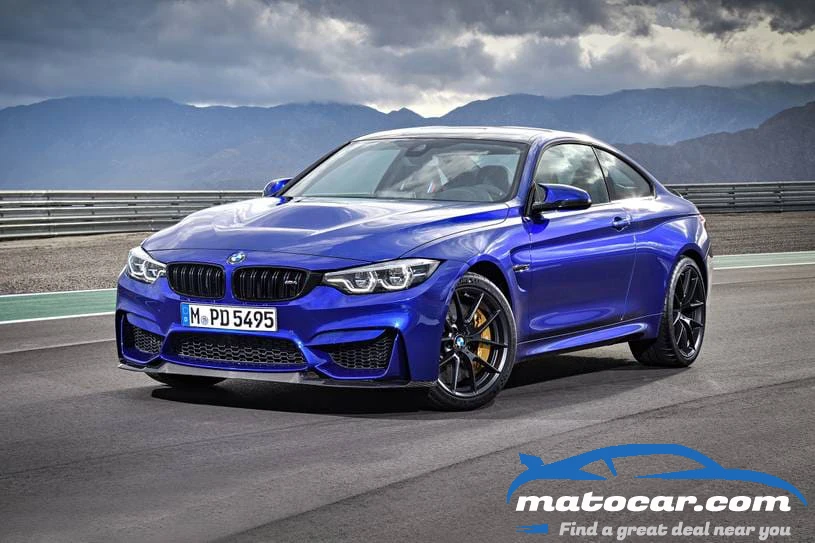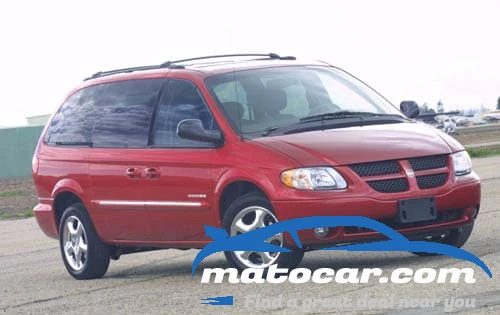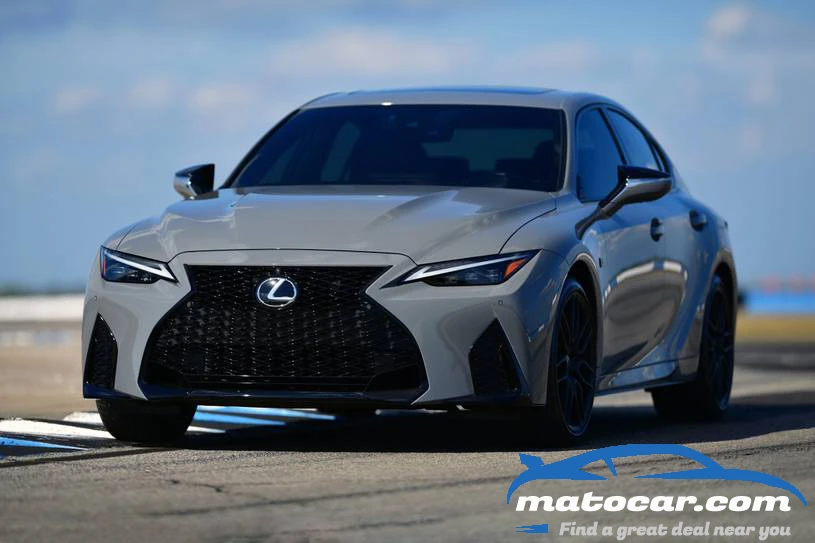Nissan LEAF 2014 Review Prices , and Pictures
10.0/10
Based on 1 reviewsMSRP range: $14,590
- Spacious, quiet cabin
- long cruising range
- established in terms of reliability and availability
- ample features
- affordable base price.
- Slow acceleration.
Though there are more choices than ever for an electric vehicle, the pioneering Nissan Leaf continues to be a top pick for an EV.
Notably, we picked the 2014 Nissan Leaf as one of MatoCar' Best Used Cars, Trucks and SUVs.
Vehicle overview
Electric vehicles are no longer just a novelty for automakers to showcase their vision of the future. They've finally broken into the mainstream, and leading the charge (pun intended) for four years running is the Nissan Leaf. Thanks to its regular-car driving experience, reasonable pricing and pioneering status, the Leaf has convinced more than 100,000 buyers worldwide to make the leap to EV ownership. There are some drawbacks, yes, but short of spending three times as much for a Tesla Model S, the 2014 Nissan Leaf represents a top pick among all-electric vehicles.
The main concern for those looking to make the switch to electricity is range. The Nissan Leaf's 84-mile EPA-estimated range might not seem like a lot, but it's enough to accomplish almost any daily-use task and ranks as one of the highest in its class. Notably, this 84-mile rating is higher than the 2013 Leaf's 75-mile range. The car's electrical hardware hasn't changed, but Nissan deleted the Leaf's former in-car software option to charge the battery to only 80 percent capacity (which helped prolong long-term battery life). Previously, the EPA was blending both the 80 percent and 100 percent battery capacities into its rating, so the 2014 estimate is a more accurate (and more marketable) number.
When it comes time to recharge the battery, how long it takes will depend on which trim level of Leaf you buy. The base S trim comes with a slower 3.3 kW onboard charger, but all others have the quicker (and recommended) 6.6 kW charger. With this upgraded charger hooked up to a 240-volt station, a full charge takes about four hours, which should easily fit into most drivers' daily routine. The Leaf is also rare in that it offers an optional quick-charge port. In conjunction with a special high-capacity power source, it allows you to charge the battery to 80 percent capacity in a claimed 30 minutes.
Inside, the Leaf shows flashes of cutting-edge technology, but you don't need to be an early adopter to figure out how to operate its various bells and whistles. The cabin is also pleasantly roomy and comfortable, with enough cargo space to handle errands with ease. With public charging stations becoming more prevalent, the Nissan Leaf truly is an EV that doesn't require much sacrifice.
Since the Leaf's introduction, the EV market has gained a handful of similarly priced entries. Of these, the 2014 Ford Focus Electric has risen to become the most significant alternative. It boasts a little more power than the Leaf and sharper handling, but its EPA estimated range is less, at 76 miles. The 2014 Chevrolet Spark EV and 2014 Fiat 500e are also appealing, but they're not as roomy and they're only on sale in a few states. All things considered, we think the 2014 Nissan Leaf is a great choice for an EV.
2014 Nissan LEAF models
The all-electric 2014 Nissan Leaf is a four-door hatchback available in three trim levels: S, SV and SL. Standard features for the base S model include a 3.3 kW onboard charger, 16-inch steel wheels, heated mirrors, full power accessories, keyless ignition and entry, automatic climate control, a trip computer, heated front and rear seats, cloth upholstery, a six-way manually adjustable driver seat (four-way front passenger seat), 60/40-split-folding rear seats, a tilt-only heated steering wheel, Bluetooth phone connectivity, a 4.3-inch color touchscreen, a rearview camera and a four-speaker CD player with iPod/USB input and satellite radio.
Stepping up to the SV trim gets you a 6.6 kW charger, a "B-mode" transmission setting for enhanced regenerative braking, alloy wheels, a navigation system with a larger 7-inch touchscreen, Nissan's Carwings telematics to remotely monitor and manage charging and climate control, a more efficient heating system for better range in cold weather, cruise control, an auto-dimming rearview mirror, partially recycled cloth upholstery and a six-speaker audio system with Pandora integration for iPhones.
The range-topping SL trim adds 17-inch alloy wheels, automatic LED headlights, foglights, a quick-charger port, a solar panel mounted on the rear spoiler to help power accessories, leather upholstery and a cargo cover.
Options are sparse and grouped into packages. The S model can add the 6.6 kW charger with the quick-charge port, and the SV can be upgraded with the automatic LED headlights, foglights and quick-charge port. Both SV and SL models are eligible for the Premium package that adds a seven-speaker Bose stereo and a 360-degree parking camera system.
2014 Highlights
A rearview camera is now standard on all 2014 Nissan Leaf models. Also, the Leaf's EPA-estimated driving range has increased from 75 to 84 miles. This is due to the way the EPA calculates range, however, as the Leaf's battery and drive systems are unchanged.Performance & mpg
The front-wheel-drive 2014 Nissan Leaf is powered by an 80-kilowatt electric motor (107 horsepower and 187 pound-feet of torque). The system utilizes a 24 kWh lithium-ion battery pack. In MatoCar performance testing, a Leaf accelerated from zero to 60 mph in 10.0 seconds, which is a bit slower than the Focus Electric and about 2 or more seconds off the pace of the Fiat 500e and Spark EV.
The EPA's estimate for range with a full charge is 84 miles, but real-world range varies due to driving style, traffic conditions, cruising speed, battery age and ambient temperature. The agency also says the Leaf will typically use 30 kWh per 100 miles driven (the lower the number here, the better). Both of these estimates are good, though not quite class-leading.
With a 240-volt power source, a Leaf with the 6.6 kW charger can recharge a depleted battery in about four hours (eight hours with the S model's standard 3.3 kW charger). The quick-charge port (standard on the SV, optional on the others) can potentially be used to recharge the Leaf's battery to a claimed 80 percent capacity in 30 minutes utilizing a special high-capacity power source.
Safety
Standard safety features on all 2014 Nissan Leafs include antilock disc brakes, stability and traction control, front side airbags and side curtain airbags. A rearview camera is also standard, while SV and SL trims are eligible for a 360-degree parking camera system. In MatoCar brake testing, a Leaf came to a stop from 60 mph in 126 feet, which is average for a compact hatchback, but better than most EV competitors.
In government crash testing, the Leaf received four out of five stars across the board for overall, frontal- and side-impact protection. The Insurance Institute for Highway Safety gave the Leaf its highest rating of "Good" in the moderate-overlap frontal-offset, side-impact and roof-strength crash tests. The Leaf's seat/head restraint design was also rated "Good" for whiplash protection in rear impacts.
Driving
In the absence of an internal combustion engine, the all-electric 2014 Nissan Leaf is eerily quiet during acceleration and generally very agreeable. Even during quicker starts, a high-pitched whine is barely detectable. This level of silence tends to accentuate road and wind noise, but the Nissan's cabin remains impressively quiet.
Unlike traditional gasoline engines, electric motors can deliver their maximum power output from a standstill. As a result, the Leaf's initial acceleration is brisk, though getting up to highway speeds can feel a little belabored, and most other EVs are quicker. More positively, the brake pedal is reassuringly firm and there's none of the vagueness associated with some other EVs or hybrids. The Leaf is also stable around turns, thanks to a low center of gravity made possible by the car's floor-mounted battery pack.
Interior
Despite the 2014 Nissan Leaf's economy car leanings, the interior is surprisingly pleasant, with a strong emphasis on modernity. The large center stack in the middle of the dash houses a majority of all vehicle system controls, and split-level instrument panels reinforce the high-tech feel with sharp graphics that relay critical information. Materials used throughout the interior are also slightly above average for an EV in this price range.
Operating the many systems is easy thanks to logical menus in the central touchscreen and physical buttons for climate control. With this display and the Carwings telematics, owners can take advantage of more favorable utility rates by scheduling their charge during off-peak hours. While you can plug into a standard 110-volt household outlet, that's best reserved for when you can park the Leaf overnight. For most owners, a 240-volt home charging station is almost a necessity.
Since the Leaf was designed from the outset as an electric car, Nissan was able to locate the battery pack underneath the floor, and that results in a pretty roomy cabin. There's plenty of front-seat headroom, though taller drivers may find legroom a bit cramped. Cargo room behind the rear seats is generous, at 24 cubic feet. Folding them flat increases maximum capacity to 30 cubes.
Rate the car
You may also like
0 Comments



